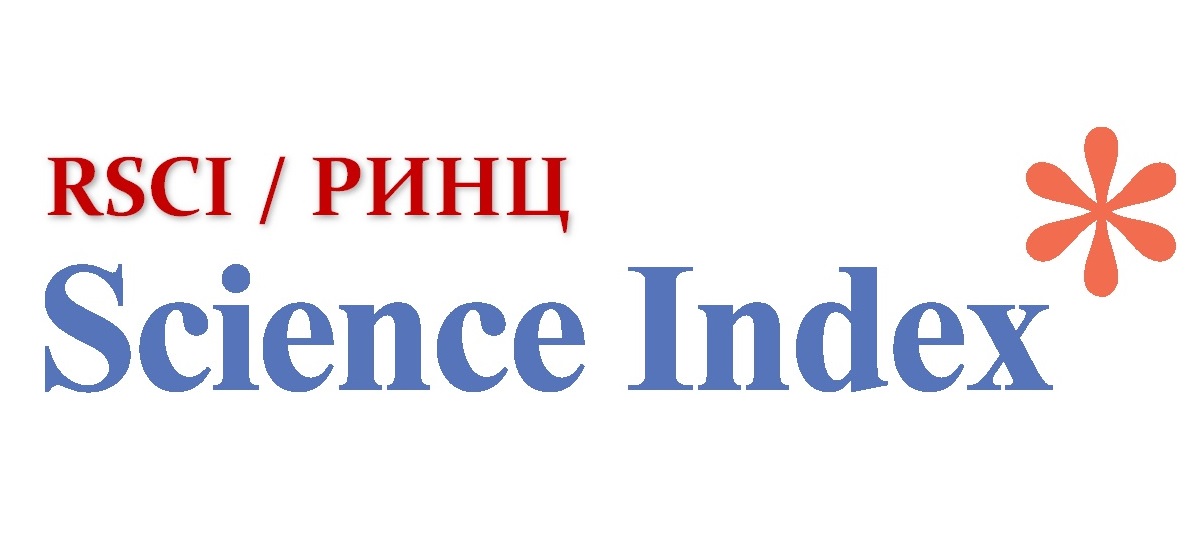Legal nature of a trademark as a means of individualization in Kazakhstan
Views: 213 / PDF downloads: 374
DOI:
https://doi.org/10.32523/2616-6844-2022-139-2-38-49Abstract
The article discusses the legal nature and essence of the legal status of a trademark as a means of individualizing the results of the activities of economic entities, their goods, and services. The article analyzes Kazakhstani legislation, as well as the works of foreign and domestic scientists in the field of law, the concept of «trademark», the legal nature of trademarks, and the approaches of international and Kazakhstani legislative bodies in the field of regulation of trademark provisions based on the analysis of international agreements.
The authors have studied the problem of the exclusive right to various objects of intellectual property, including trademarks. The authors carried out an analysis of various types of trademark designations such as verbal, alphabetic, figurative, three-dimensional, and combined designations of trademarks, as well as other types, such as holographic, sound, and olfactory designations.
The necessity of determining the place of a trademark in the legislation as an object of industrial property or clarifying that a trademark is not such an object of the property has been identified. It has been established that a trademark is a movable property that can be registered in Kazakhstan or protected without registration by virtue of international agreements, that is, it has a mixed mode of the emergence of rights. The authors have revealed a variety of names for subjects of trademark rights which introduces confusion in terminology and in some way complicates the possibilities of law enforcement practice.






